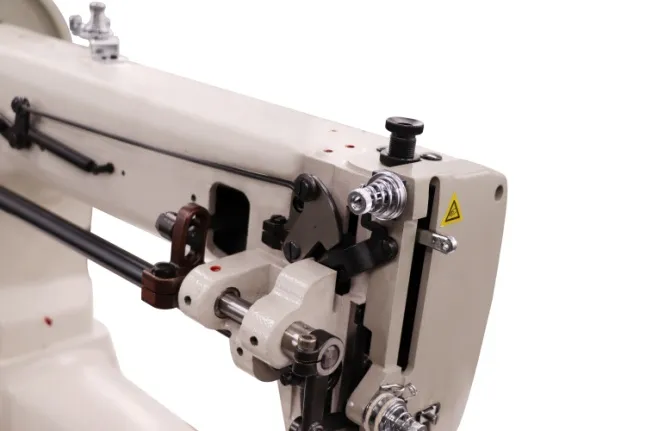Understanding the Uses and Benefits of a Twin Needle in Sewing Techniques
What is a Twin Needle Used For?
A twin needle is a specialized sewing tool used in both home and industrial sewing machines to create a variety of decorative stitches and hems. This unique needle configuration features two needle points and a single shank, allowing users to sew two parallel lines of stitching simultaneously. The following explores the primary uses and advantages of twin needles in sewing projects.
1. Creating Parallel Stitches
One of the most common uses of a twin needle is to produce two parallel lines of stitching. This is particularly effective when sewing hems and seams on garments. For example, when finishing the hem of a shirt or a pair of pants, a twin needle can provide a professional, polished appearance. The two lines of stitching not only look visually appealing but also help secure the fabric edges, preventing fraying and ensuring durability.
In addition to functional uses, twin needles can enhance the aesthetic quality of a project. Many sewists capitalize on the decorative potential of twin needles by using them with specialty threads or contrasting colors. This can create striking effects on fabrics like denim, cotton, or knit materials. Sewing with a twin needle allows for decorative topstitching that enhances the design of the garment without compromising the fabric's stretch or flexibility.
3. Elastic and Knit Fabrics
what is a twin needle used for

When working with knit fabrics or materials with stretch, a twin needle becomes an invaluable asset. The twin needle creates a stitch that retains the fabric's elasticity while offering a finished look. This is especially important in sewing activewear, leggings, or fitted tops, where stretchability is crucial. Traditional single needles may create a rigid seam that can break or cause puckering on elastic fabrics, while twin needles allow for a stretchable yet secure seam.
4. Quilting and Craft Projects
Twin needles are not limited to garment construction; they can also be effectively used in quilting and various craft projects. Quilters can use twin needles to stitch decorative lines on quilts, creating texture and visual interest while holding layers together. Additionally, for patchwork projects or adding embellishments to home décor, the versatility of twin needles offers creativity without compromising on quality and structure.
5. Importance of Selecting the Right Needle Size and Type
When utilizing a twin needle, it is essential to choose the right size and type for the specific project. Twin needles come in various widths and groove types, which influence the final stitch appearance. For instance, a wider twin needle may be suitable for decorative stitching, while a narrower option might be ideal for delicate fabrics. Paying attention to the specifications ensures optimal results and helps avoid issues such as skipped stitches or fabric damage.
Conclusion
In summary, a twin needle serves multiple purposes in the world of sewing, from creating parallel lines and decorative stitches to working with stretchy fabrics and enhancing quilting projects. Its versatility makes it an essential tool for anyone looking to elevate their sewing skills or achieve professional-quality results. As you embark on your sewing journey, consider incorporating a twin needle into your toolkit—its ability to add both function and flair to your projects is unparalleled. With the right techniques and choices, a twin needle can transform the way you sew, enabling you to explore new creative possibilities.
-
Industrial Cylinder Arm Sewing Machine: Revolutionizing Heavy-Duty SewingNewsJul.28,2025
-
Cylinder Arm Sewing Machine: Perfect for Special Sewing ApplicationsNewsJul.28,2025
-
Cylinder Bed Sewing Machine: Essential for Sewing Complex MaterialsNewsJul.28,2025
-
Heavy Duty Sewing Machine: The Essential Tool for Industrial ApplicationsNewsJul.28,2025
-
Computerized Pattern Sewing Machine: Revolutionizing Precision StitchingNewsJul.28,2025
-
Heavy Duty Industrial Sewing Machine: Power Meets PrecisionNewsJul.28,2025
-
Leather Sewing Machine: The Industrial Standard for Tough MaterialsNewsJul.18,2025





























